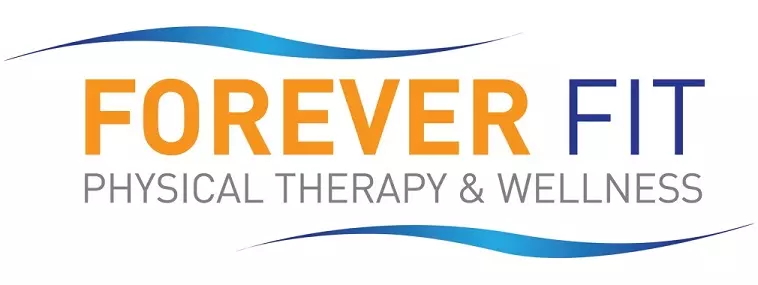A pinched nerve in the arm may manifest as pain, tingling, numbness, weakness or a combination of these symptoms. The nerves in the arm originate in the neck and shoulder. They often get compressed in the shoulder joint or in the hand and wrist, but this can happen in the elbow joint as well. You may feel symptoms in your hand and forearm or radiating from your shoulder.
Early detection and treatment of pinched nerves is an important way to prevent chronic pain or permanent loss of function. In this article, we’ll talk about seven signs of a pinched nerve in your arm and how physical therapy may help.
7 signs of a pinched nerve in your arm
Sometimes pinched nerves form gradually over time because of repetitive movements, weaknesses or imbalances. They can also result from a surgery or acute injury, such as a fall or a car accident. Sometimes an individual’s anatomy, gait or posture can contribute to nerve compression. Physical therapy treatments focus on uncovering and correcting the root cause of symptoms or adjusting activities in adaptive ways.
The following are seven signs you may have a pinched nerve in your arm:
-
Radiating pain that follows a specific pattern
Specific pain patterns are key indicators of pinched nerves. If your pain radiates from your neck down through your shoulder and arm or into specific fingers, there’s a good chance it’s due to a compressed nerve. People describe this pain as sharp, burning or electric-like sensations that feel worse with certain movements or positions.
-
Numbness or decreased sensation in specific places
Like the pain symptoms described above, numbness and other sensations typically follow predictable nerve pathways. You may experience numbness in certain fingers or areas of the hand and arm, rather than across the entire limb.
-
Tingling or “pins and needles” sensations
Tingling from a pinched nerve is the result of disrupted nerve signals. These sensations may come and go and are often triggered by specific movements or activities. Ergonomic adjustments to your workstation, sleeping position or daily routines may help reduce symptoms.
-
Muscle weakness in particular movements
When portions of a nerve aren’t functioning properly, the muscles it controls may become weak or harder to control. You may find gripping, twisting or lifting more difficult. Strengthening these muscles is especially important for preventing atrophy.
-
Decreased grip strength or fine motor control
Loss of strength and control in the arm can affect fine motor skills, such as buttoning shirts, typing or handling small objects. As sensation improves and you practice these skills, you can often regain function.
-
Pain or symptoms that worsen at night
Pinched nerves often feel worse at night because lying flat can increase pressure on the spine. Certain sleeping positions, such as on your stomach or back, may exacerbate symptoms. Sleeping on your side, with a pillow between your knees or behind your back, can help.
-
Symptoms that change with neck position
Because some arm nerves originate in the cervical spine, certain neck positions can worsen symptoms. Many people experience increased pain or tingling when craning their neck forward or looking down at a phone or computer. Joint mobilization and postural training can help relieve these issues.
Physical therapy treatment approaches for pinched nerves in the arm
Physical therapy treatments for pinched nerves focus on reducing compression and addressing its underlying causes. This might involve strengthening exercises to support weak areas, nerve gliding to improve mobility or posture adjustments to relieve pressure. Treatment typically begins with detailed diagnostic testing so your PT can understand how your nerves are functioning and how your symptoms are affecting you.
The following are some physical therapy treatments that can help with pinched nerves:
Manual therapy — PTs use manual therapy techniques to manipulate soft tissue and alleviate stiffness, help restore movement and reduce nerve compression.
Postural training — Poor posture can contribute to spinal misalignment and nerve irritation. Your PT can teach exercises to help improve posture and support alignment.
Nerve gliding exercises — Also called nerve flossing, these gentle movements help stretch and mobilize the nerve fibers to restore proper function.
Joint mobilizations — Stiff joints can create compression around nerves. Mobilization techniques can help relieve pressure and promote movement.
Stretching — Targeted stretching keeps soft tissue flexible and can prevent nerve compression from recurring.
Find relief from a pinched nerve at Forever Fit
At Forever Fit, we provide personalized treatment for musculoskeletal conditions such as pinched nerves. Our PTs are well-versed in assessing and addressing nerve and soft tissue issues. We offer natural, conservative treatment options to help correct underlying causes while supporting your overall health.
Are you ready to find out if physical therapy can help with your pinched nerve symptoms? Contact our team today for more information or to schedule an initial appointment.

